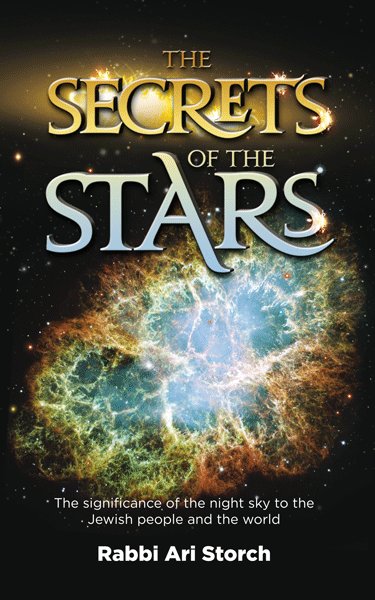The standard text of Kiddush Levana praises Hashem for creating the heavens. The word used for heavens is the Hebrew שחקים which should instigate one to ask the following question. Why is it that Shechakim is used for the creation of heaven when we are seemingly being specific to the heavens in which the moon resides. Reish Lakish states that there are seven heavens: Vilon, Rakiyah, Shechakim, Zevul, Maon, Machon and Arvus. Each of these heavens has its own purpose. The moon is placed in Rakiyah and Shechakim has mills that grind manna for the righteous. (Chagigah 12b)
If Shechakim is the place of manna production and the moon is in Rakiyah, why is it that in our blessing that references the growth of the moon that we praise Hashem for creating Shechakim? Shouldn't we be praising Him for creating Rakiyah (or at least using the generic Shamayim)?
The Sefer HaBris offers a very simplistic, yet accurate answer. If one looked carefully, he would have noticed that Reish Lakish was not the only opinion cited. Rebbi Yehuda is mentioned a few lines prior to this statement and he contends that there are only two heavens (he refers to them as two Rakiyahs). Initially the Sefer HaBris states that a respectable Rav suggested to him that, perhaps, our blessing reflects the opinion of Rebbi Yehuda. The Sefer HaBris enjoyed this suggestion, but added to it the fact that elsewhere the Gemara states that the text of our blessing was formulated by REBBI YEHUDA. So, it is not just that our blessing reflects his opinion, IT IS HIS OPINION! (Sefer HaBris 4:2)
While this certainly sheds light on the text, some questions still remain. All seven terms of Reish Lakish, presumably, refer to the heavens mentioned by Rebbi Yehuda. Why does this text mention Shechakim which is not the common term? Also, why is it that Rebbi Yehuda's opinion is taken, from the way Reish Lakish is cited after his opinion one would think his opnion is the one that should be taken?
I wonder if it is possible that Rebbi Yehuda and Reish Lakish were not arguing as to what actually exists, but Rebbi Yehuda was discussing that there are two Rakiyahs. Then Reish Lakish mentioned that there are seven heavens. Included in Reish Lakish's Rakiyah would be the TWO Rakiyahs of Rebbi Yehuda. This is not problematic as we know that the Rishonim subdivide the heaven in which the moon is placed (Rakiyah) into nine parts, one for each planet, one for the stars and one for the "wheel" that turns them all. This division is not mentioned by either opinion in this passage. Therefore, I would contend that all these sources may be in agreement, but are discussing different methods of classification.
As such, perhaps, we mention Shechakim because that is the highest of the heavens that humans have interacted with. The first, Vilon, doesn't have much of a purpose. Rakiyah has the celestial objects that humans can see. Shechakim has manna for the righteous and we were able to eat that in the Wilderness. Next comes Zevul where there is a spiritual Beis HaMikdash in which the angel Michael brings sacrifices. This is something that humanity does not perceive directly. As one continues up the chain the heavens become less and less perceptible by humans. Maybe what we are stating in our blessing is the praise for the heavens that humans can offer perceive, it is only up to this point of creation that we can praise with some level of personal appreciation. The highest, Shechakim, is mentioned as if to say we can express our appreciation up to the heavens known as Shechakim.
Subscribe to:
Post Comments (Atom)


No comments:
Post a Comment